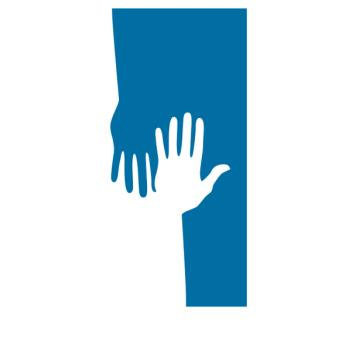
A study has found that induction of slow waves during early non-rapid eye movement sleep may improve executive function in children with ADHD.

A study has found that induction of slow waves during early non-rapid eye movement sleep may improve executive function in children with ADHD.

Research suggests predictors of adolescent ADHD and conduct disorder can be identified-and intercepted-in young children.
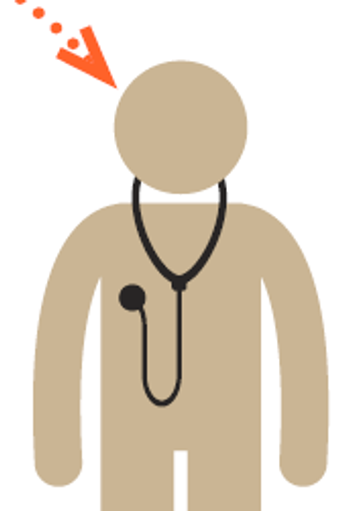
Dose escalation is often applied in the management of psychosis when patients do not initially respond to therapy, but a recent study brings this strategy under question.
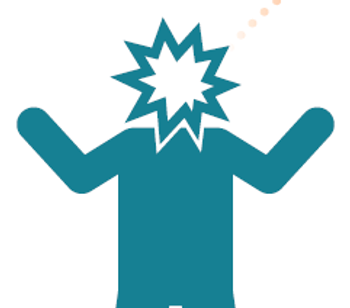
Is negative perceptual bias a trait of persons prone to major depressive disorder or a modifiable symptom of the current depressive state?
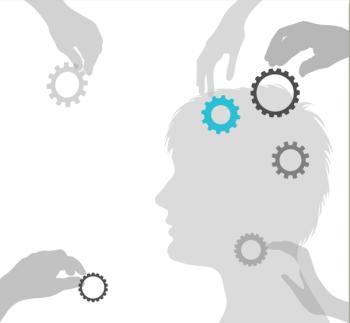
Can schizophrenia be distinguished from bipolar disorder via gray matter volume?
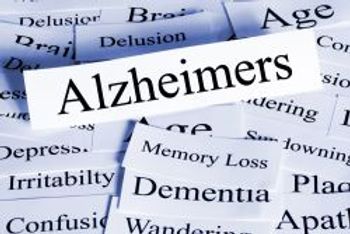
The clock drawing test is useful for diagnosing dementia, but can it differentiate Alzheimer disease (AD) from other forms of dementia?

Hypothyroxinemia is not uncommon during pregnancy and may impact neurocognitive outcomes in children-but to what degree?
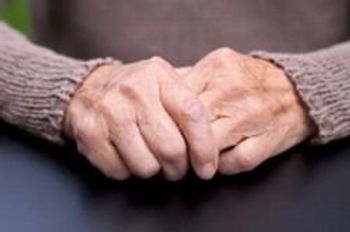
With an aging population and subsequent predicted increase in incidence of Alzheimer disease, identifying early markers and interventions is on the fast track. Will sleep be the key?

What impact do atypical antipsychotic agents have on the persistence of stimulant therapy in ADHD? Researchers sought to find the answer in a group of 40,000 children and adolescents.
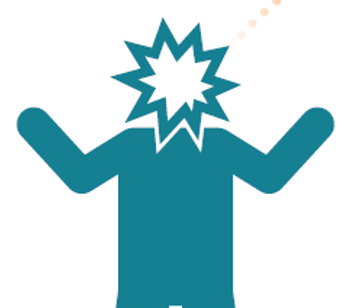
Combination buspirone and melatonin exert therapeutic cognitive effects that are distinct from their antidepressant effects, according to a recent study.
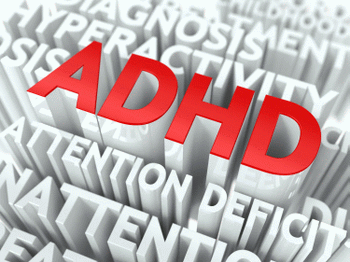
The rate of co-occurrence of ADHD and OCD has been reported to be as high as 60%. A question persists, however, on whether ADHD-OCD comorbidity is a true entity or whether symptoms attributed to one may be facets of a phenotype of the other.
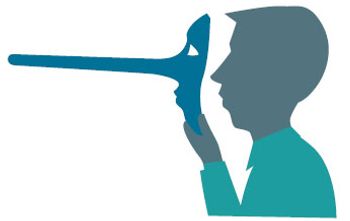
The most common pesticide for residential use and increasingly used in agriculture may be encouraging expression of an ADHD phenotype.
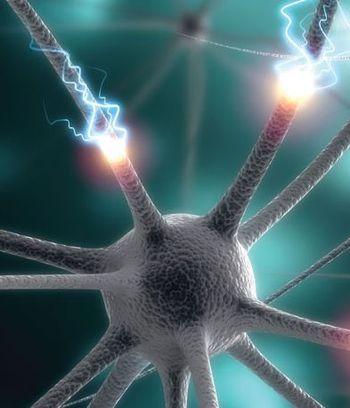
Studies examining the impact of ADHD drugs on dopamine transport have been inconclusive, and preclinical research suggests that emotional factors play a greater role than stimulant therapy in fostering addictive behaviors.

Mobile health interventions are helpful to patients receiving medications that reduce cravings, but what about adherence-focused monitoring?

Opioid-dependent patients presenting to an emergency department for other medical reasons are more likely to pursue addiction treatment if a specific therapy is initiated during their emergency care stay. What therapy are we talking about?

Although delusional jealousy was described as an initial symptom in Alois Alzheimer’s first case report, little is known about its clinical features and prognosis in dementia.

Although a number of observational studies point to an association between conventional antipsychotic agents and increased risk in older patients, new research suggests such findings may have been flawed.

Identifying patients who are likely to relapse despite continued, maintenance cognitive therapy can help optimize management of MDD and also help ensure efficient use of healthcare resources.

A 2-year study found a threefold increased risk of cardiovascular disease in older patients with major depression.

Ataxia is a relatively rare, genetic neuromuscular disorder, affecting about 150,000 persons in the United States. It is one of those disorders for which knowledge is growing but is slow to get to the practicing clinician. Hence, many persons with ataxia go for years with no diagnosis or a misdiagnosis. Alternately, because ataxia is a progressive disorder without a cure, many patients are given a stark diagnosis and sent home to cope with the disorder on their own.

Perceptions

In the early 1990s, researchers began looking at potassium channel openers for seizure control. Over the past 10 years, in vitro research and animal studies demonstrated that potassium channel openers could control seizure activity in a dose-dependent way. Clinical trials are now confirming these findings.

Perceptions

A few days passed in August when I was blanking out on people's names in mid-sentence. I thought, "Oh no, it's dementia!

Insights Into Neuropathology Elucidated Through the Science of Sleep

Perceptions

Nonmotor symptoms of Parkinson disease [PD] are diverse and include sleep disorders, depression, and pain," reported Carlo Colosimo, MD, assistant professor of neurology at La Sapienza University in Rome. He noted that a screening tool is needed.

Perceptions

In past discussions on brain-computer interfaces (BCIs), parallels were drawn between emerging applications and the idea of the "bionic man." However, a presentation by John P. Donoghue, PhD, during a "Hot Topics" plenary session on May 2 at the 59th Annual Meeting of American Academy of Neurology in Boston suggests that current neural interface technology is much more about the marvels of the human neuron and will than about machinery.

One of the most common symptoms of autonomic neuropathy is orthostatic hypotension (OH). It is treatable; however, the only FDA-approved therapeutic agent for OH, midodrine, causes supine hypertension. This hypertension occurs to a greater degree and for a longer period than bouts of OH, explained Philip A. Low, MBBS, MD, during a plenary session at the 59th Annual Meeting of the American Academy of Neurology (AAN), held in Boston, April 28 to May 5.